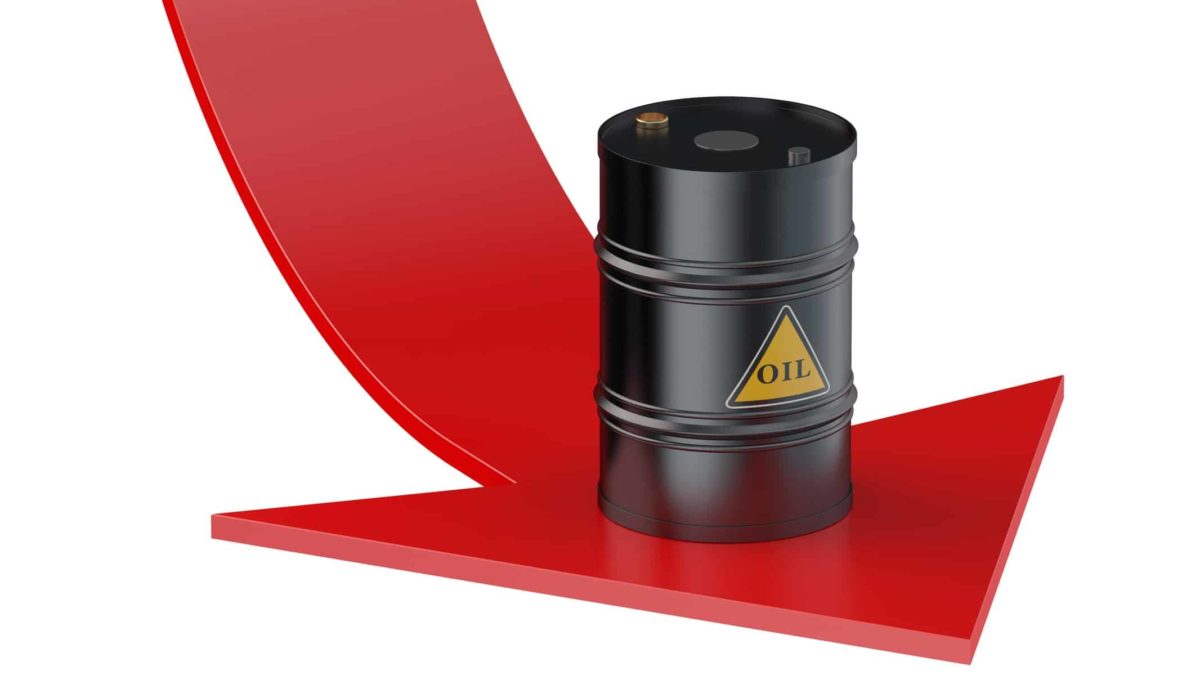Underneath the rhetoric and bluster of global tensions, there is a vastly different story unfolding. In recent months, China has moved away from Saudi Arabian oil in preference for supplies from the United States. This is part of a demand shock that has seen Saudi Arabia cut its official price for oil. This is just the most recent event to have a negative impact on oil and gas ASX shares. Moreover, within the LNG sector, PetroChina has called for meetings with its suppliers to renegotiate prices.
In many cases, the relationship between markets and the economy is tenuous at best. However, in the resources industries, there is nearly always a direct link.
A permanent change in prices?
In recent months, China has been importing record levels of crude to take advantage of historically low prices. This resulted in record purchasing of cheap US cargoes in May, arriving in June and July. Meanwhile, Saudi exports to the US hit their lowest level in more than three decades in August. In response to this collapse in demand, the Saudi Arabian oil giant, Aramco, has cut its oil prices to a discount against the benchmark.
In the LNG import market, the big player is PetroChina. It has recently revealed losses in its gas importing facility over many years. As a result, it is squeezing suppliers to curb costs. In March, the company cancelled contracts with Asian exporters and from Qatar and ASX shares. LNG demand has fallen not only due to coronavirus restrictions, but also due to a colder than expected summer in the northern hemisphere.
In addition, Joe M. Kang, President of the International Gas Union, noted in the institute's 2020 report;
…70.8 MTPA of liquefaction capacity was sanctioned, and 41.8 MTPA in capacity was brought on-stream in 2019, mostly from Russia, Australia and the US. A huge wave of liquefaction capacity is currently still in pre-Final Investment Decision stages, totalling 907.4 MTPA with most of this capacity in the US and Canada, and a significant proportion in Africa and the Middle East (93.3 MTPA each)
ASX shares impacted
Against this backdrop of falling demand, rising output and the glut in oil prices, the future doesn't look great for oil and gas companies in Australia. While oil prices may recover in the near future, the LNG price may be permanently lower until supply is cut back significantly. This has some pretty big implications for oil and gas ASX shares.
First, if you are holding these shares waiting for them to return to their previous levels, in my view, you shouldn't be. I do not believe they are going to return to previous levels any time soon. Second, if you are investing in them for the first time, then cast a wary eye over them.
Woodside Petroleum Limited (ASX: WPL)
As our largest oil and gas ASX share, the Woodside share price is still down by 44.3% in year-to-date trading. This is at a price-to-earnings (P/E) ratio of 27.95. Of course, this is from a very low level of earnings due to the pandemic. For the share price to climb to its level on 1 January, it would have to rise by approximately 80%.
Nonetheless, if you are buying into the share price for the first time today, then there is a good chance of moderate share price rises over the next 2 – 3 years. Personally, I find it expensive for a capital intensive company. However, it has demonstrated a very disciplined approach to reducing costs while maintaining risk and workforce safety levels. It is also continuing to expand its production base through its recent move on the Lukoil Upstream Senegal BV project.
Origin Energy Ltd (ASX: ORG)
When it comes to ASX energy shares, I think Origin Energy is the best of the bunch. The company owns 37.5% of Australia Pacific LNG (APLNG). However, it is the retail sales end of the business that interests me the most. Origin is the country's largest gas retailer.
Furthermore, this ASX share acquired 20% of United Kingdom energy retailer Octopus Energy for $507 million. This strategic partnership also includes an Australian license for the software product Kraken. Moreover, the deal will see Origin exclude any further licenses in Australia. Industry feedback indicates the software will provide Origin with a 'radical improvement' in customer experience.
Origin has already reduced costs significantly and permanently, and is, I believe, well positioned for future growth. The Origin share price is currently selling at a P/E ratio of 11.7, with a trailing 12 month dividend yield of 4.9%.
Foolish takeaway
As a gas retailer, Origin has the defensive characteristics of a utility ASX share. Its retail activities operate in a regulated market, therefore there is a level of predictability to its earnings. I think at the current Origin share price of $5.10, at the time of writing, this is a good share to own for long-term growth and income. Woodside, on the other hand, is a good company but still expensive. The market appears to still expect high growth which is going to prove harder for it in the medium term.
As stated above, if this is your first acquisition of these ASX shares, then I'd recommend buying them based on today's performance and value. I think they are very unlikely to reach their previous highs anytime soon.









